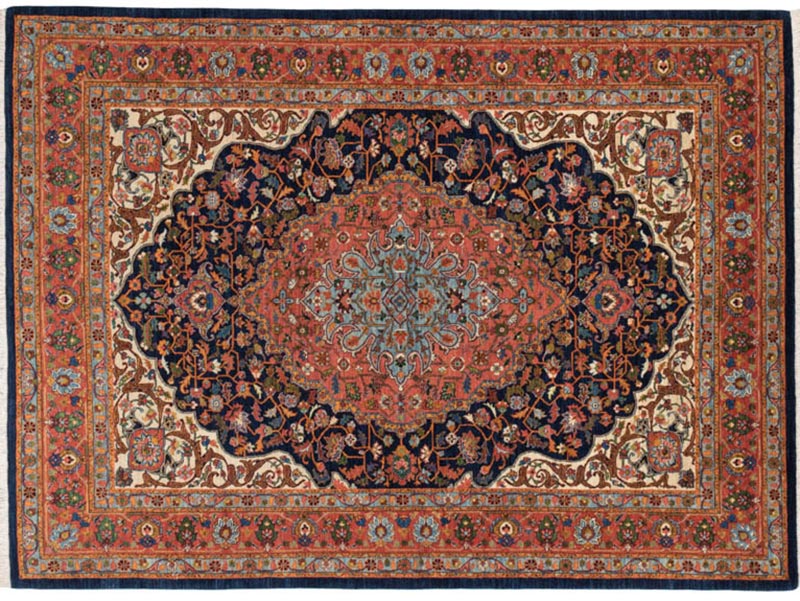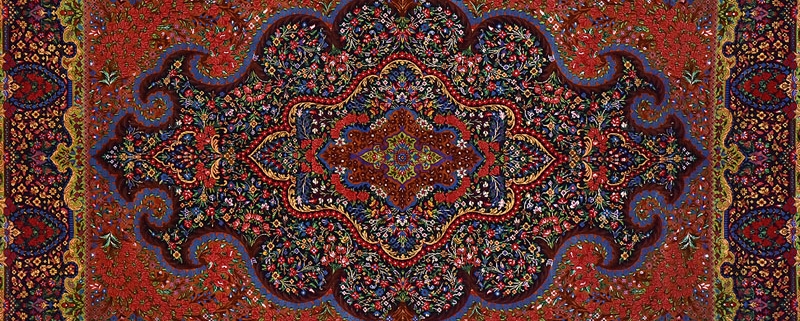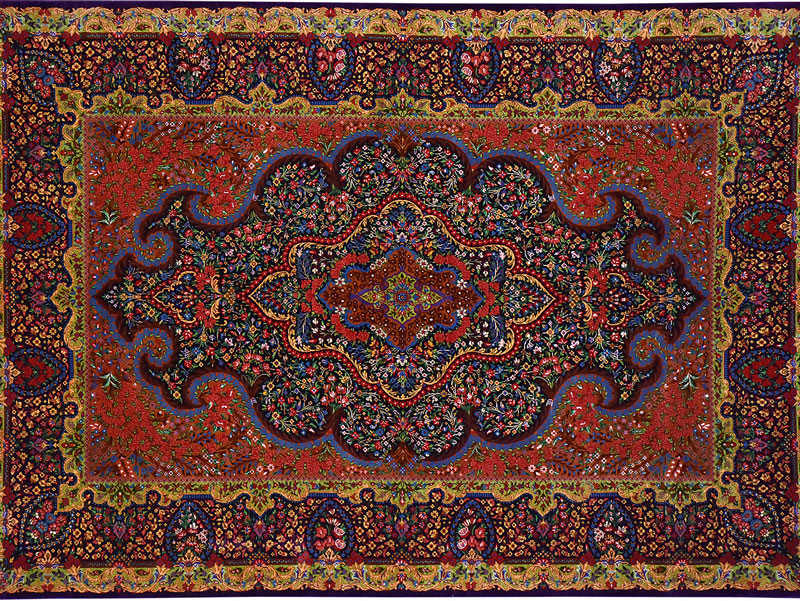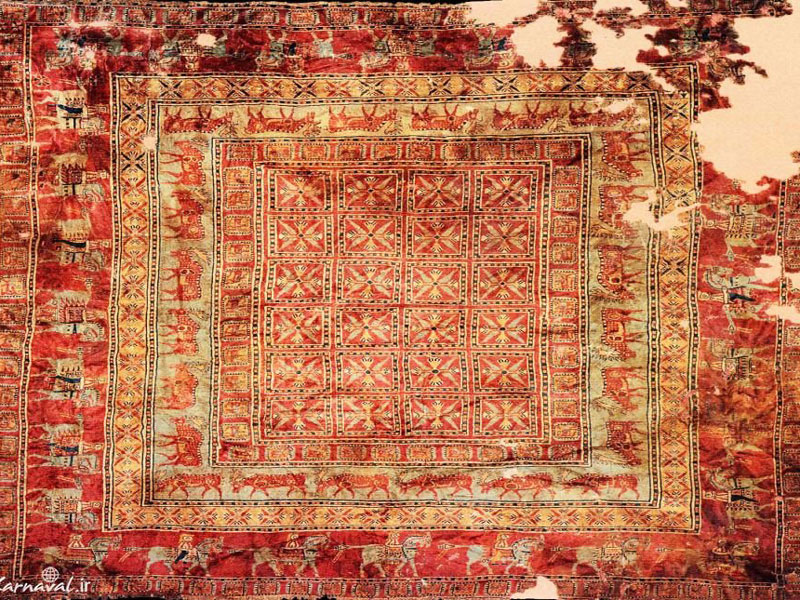A practical guide of buying Persian carpet
Iran is among the most professional oriental rug producer countries, known as the “rug belt”. The most famous and oldest carpet in the world, Pazyryk, woven in 400 BC in Persia, proves the brilliant background of the Iranian art of carpet weaving. The largest handwoven rug in the world was knotted in Tabriz by 230 weavers in 2019. Setting a new Guinness record for Iranian artists. The highest quality wool and handmade silk rugs are still produced in traditional Persian rug weaving workshops in Qom, Kashan, and Tabriz. Differentiating the various qualities of carpets for novices can be somehow confusing. It would be wise to get familiar with the wide variety of Persian hand-woven textiles before choosing one to buy.
Different types of Persian carpet
Tabriz Carpet
You’ve probably heard of Tabriz carpets since they made a name for their soft and silky quality. First, they have the most beautiful designs you could ever find on a carpet. Then, the Raw materials used in Tabriz carpets are usually wool and silk. People know Tabriz carpets for their vast diversity of designs (medallion, Herati/Mahi, figural, pictorial, and so on) in addition to preserving the highest technical standards. Turkish knots are usually used in these Persian carpets, which are woven in large sizes.

Tabriz woolen rug, with all those gorgeous designs.
Naein Persian Carpet
In hundreds of villages around Naein, locals weave Naein carpets. Traditional Naein carpets remind us of nomadic textiles, while the modern versions have more intricate and precise designs due to the high quality of the workshops in the area. Most Naein carpets have a knot density of between 300 to 700 knots per inch of Persian knot. The foundation of the Naein rug is usually cotton with very soft wool or just wool & silk pile dyed with natural colors. Therefore, this classic Persian carpet will be a fine choice if you want to fill a room with warmth and elegance.
Qom Carpet
It is no surprise that the “Fine” word is always coming after the “Qom carpet” this exquisite carpet called silk flower. Weavers weave Qom carpets with fine silk yarns and precise patterns. Qom carpet is the most colorful Persian carpet, for sure. Despite the short history of the Qom carpet, without exaggeration, it is the most elegant and exquisite Iranian carpet. The Qom carpets will breathe new life into a soulless environment.
Qashqai Persian Carpet
Lastly, we have the astonishing Qashqai carpets. If you’re unfamiliar with Qashqai carpets, you’re in the right place. There is a touchable mental picture of nomad women on tribal rugs of Qashqai. These wool rugs owe their spontaneity and aliveness to the fact that they have been woven creatively without any pattern. Nomadic Qashqai women dissemble the simple story of their lives, mostly nature and animal pictures, in their textiles. Qashqai carpets are not only beautiful in themselves, but they also add beauty to any room where they lie.
Pricing factors
knot density
There are many factors to measure the quality of a carpet. The most important among all is knot density. That is to say, the number of knots per unit of the surface area determines the quality. The most common units of knot density in Iran are KPSC(Knot Per Square Centimeter), KPSI(Knot Per Square Inch), and KPSM(Knot Per Square meter). The higher density of knots is proportional to the price. In addition, low-quality Persian carpets are woven with less than 120 KPSI, while high-quality ones are woven with more than 330 KPSI.
Material
The finest Persian carpet material consists of golden, silver, and silk fibers. In exceptional cases, suchlike royal carpets, the weavers use gold and silver among the patterns. The most common material, silk fiber, allows more knots per square and makes the design look more precise. Although silk gives a beautiful appearance to the carpet, it can’t compete with wool in terms of strength.
Size
Oriental rugs usually come in relatively standard sizes. “Ghali” in Persian, are carpets larger than 6 square meters. Ghali comes in a rectangular shape and particular sizes. Most products are 3*4 sqm/ 2*3 sqm, and the less common size is 5*7 sqm. It goes without saying that the bigger the carpet size, the higher the price.
Are you planning to travel to Iran? Check out our Iran tours.










Leave a Reply
Want to join the discussion?Feel free to contribute!